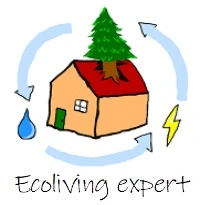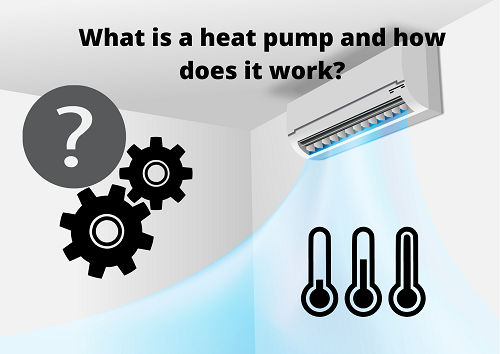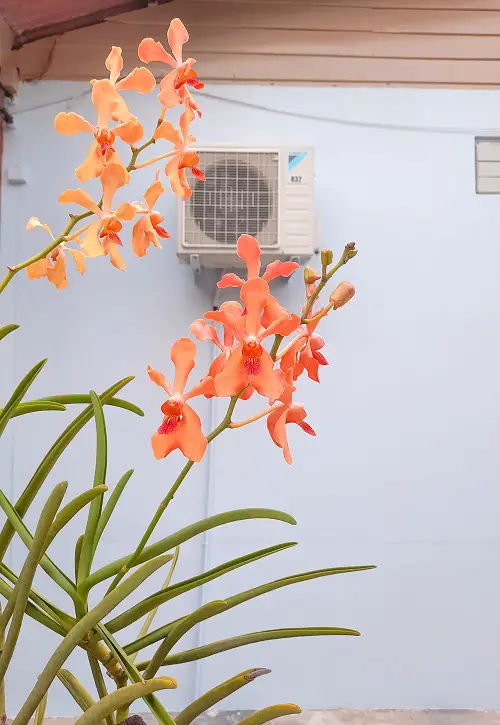Heat pumps are heating systems that work on electricity and provide warm air or water. They are an energy-efficient alternative to traditional heating systems. Heat pumps use electricity to transfer heat from one location to another. They only transfer heat and do not generate heat themselves. Interestingly, heat pumps can transfer warmth from a cool space to a warm space.
Heat pumps are becoming more and more popular because they can provide heating in a very efficient way. Instead of burning fuel or using electricity to create warm air, they extract heat from one of several sources (more on this later) and transfer it inside. Therefore, relatively little energy is needed to provide a lot of heat.
The main reasons in favor of heat pumps are:
- Their efficiency can be up to 400% (e.g. 1 kW of energy use provides 4 kW of heating)
- They run on electricity, which makes them very eco-friendly when using renewable sources
- They can be used for heating as well as for cooling
Article content:
- How does a heat pump’s internal mechanism work?
- What types of heat pumps are there and how do they work?
- What you really should know about heat pumps
How does a heat pump’s internal mechanism work?
Heat pumps, regardless of their type, make use of a fluid that boils at a very low temperature. This type of fluid is known as a refrigerant. By boiling at a low temperature, let’s say, -10 degrees C (14 Fahrenheit), they are able to take up warmth from their surroundings.
At this temperature, the refrigerant fluid boils and becomes vapor. This vapor is then transported indoors. Along the way, it is compressed with the use of electricity. By compressing the vapor, the gas becomes very hot as the same amount of energy is now contained in a smaller space.
After this, the warm compressed gas enters the condensation unit indoors. Here, it releases its energy (warmth) to your indoor air by running through thin copper coils that become hot and transfer the heat to the air (alternatively, it can heat up water).
In this process, the refrigerant turns into liquid again. Then, it runs back to the outdoor unit to begin the process all over again.
In this way, warmth is transferred from an outdoor source to our indoor air. This costs relatively little electricity compared to using the electricity itself as a heat source. For an in-depth article about the costs of heat pumps, I recommend my article: This is how much a heat pump costs (purchase costs, yearly savings, ROI).
What types of heat pumps are there and how do they work?
There are five different types of heat pumps. They each work similarly, however, the source from which they extract energy differs.
- air-source
- ground-source
- water-source
- exhaust-source
- hybrid
Each of these heat pump types can either heat air or water. Also, either of these units can be used as an air conditioner as long as the unit is set to create warm air instead of warm water.
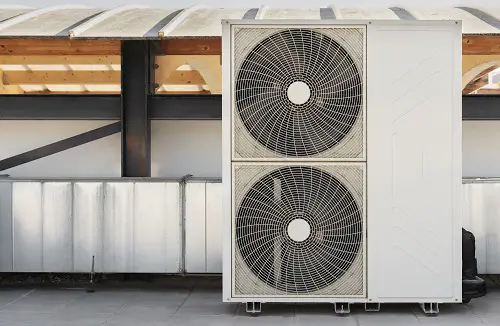
Air-source heat pump: how does it work?
An air-source heat pump is the most common type of heat pump. It extracts heat from the air. Most often, one of the two parts of the heat pump (the outside unit) is placed outside the house. The other part (indoor unit) is placed indoors. These two parts are connected and exchange the refrigerant fluid in a continuous cycle of heat transfer from outdoors to indoors.
However, some newer air-source heat pump models no longer require an outdoor unit. They do, however, require two connections to the outside air. These are normally two holes in the wall where two pipes are attached.
Ground-source heat pump: how does it work?
A ground-source heat pump uses the ground as its source for heat extraction. For this, pipes need to be drilled deep into the ground. Similar to other heat pump types, a refrigerant fluid runs through these pipes collecting warmth and transferring it to our home.
These pipes can go as deep as 50 to 400 feet (15–122 m) (source). This deep into the ground, the temperature doesn’t change much. Even when the outdoor air is freezing. Therefore, ground-source heat pumps can run at a continuous high efficiency all throughout the year.
Because of this, they are the most energy-efficient and reliable type of heat pump. However, they also have the highest installation cost. For detailed information about the costs (purchase, installation, and running costs) of each type of heat pump compared to conventional heating systems, I recommend my article: A heat pump is worth the investment.
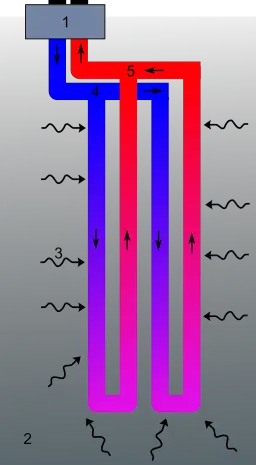
Kbentekik, CC BY-SA 3.0, via Wikimedia Commons
Water-source heat pump: how does it work?
A water-source heat pump differs from other types of heat pumps in that it uses a water body as its heat source. Pipes will be installed in a water body, normally in a horizontal pattern. These pipes contain the refrigerant fluid that transfers some of the warmth of the water to our indoor air.
This type of heat pump can be a good option if you have a pond in which a shallow pattern of pipes can be installed. This has similar benefits to a ground-source heat pump in that the temperature never drops below freezing (even if a pond freezes, the water below the ice doesn’t).
The advantage over ground source is that no deep holes need to be drilled. Additionally, since water is in closer contact with the pipes than ground, energy (heat) transfer to the refrigerant fluid is more efficient.
Exhaust source heat pump: how does it work?
An exhaust-source heat pump works the same as an air-source heat pump. It transfers heat from the air to our indoor air. However, an exhaust heat pump is connected to outgoing air from the house, This can be, for example, the exhaust pipe of a ventilation system. The heat is extracted by using a heat exchanger.
The benefit of an exhaust heat pump is that the exhaust air is relatively warm. Because of this, the heat pump can more effectively extract heat.
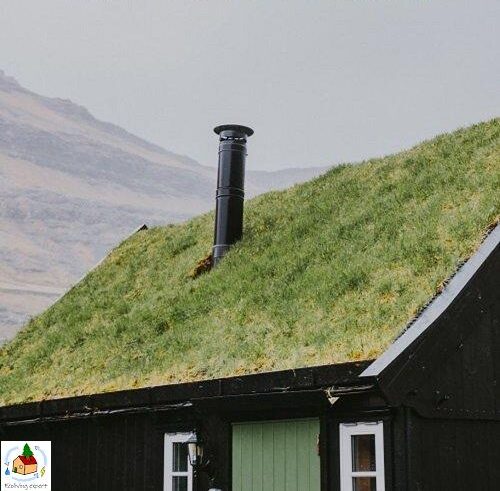
Hybrid heat pump: how does it work?
A hybrid heat pump system is a system that combines an air-source heat pump with another heating system such as a gas boiler. Smart hybrid systems are able to switch between the gas boiler or heat pump based on set preferences.
For example, you can set it to heat the cheapest way, or the energy-efficient way. If the conditions change (e.g. the heat pump gets less efficient because the outdoor air temperature drops) the system will switch its energy source.
What you really should know about heat pumps
There are several aspects of heat pumps that you should know about before you decide to make the switch. These include:
- Heat pumps do create potentially annoying sound
- They provide low-temperature heating, and
- heat pumps demand a well-insulated house
If you would like to read about all the advantages and disadvantages of heat pumps, I recommend reading my article: Heat pumps pros and cons: everything you need to know.
Heat pump sound generation
Heat pumps have an internal mechanism that is very similar to a refrigerator. Therefore, they make a similar sound. Apart from a fan, they do not have any moving parts. Nor do they burn any fuel. Therefore, their sound is quite different than other appliances.
Heat pumps make a low-droning sound. Their decibels depend on the type of heat pump and whether they run at full capacity or quieter.
The outdoor unit normally makes a little more sound than the indoor unit. For air-source heat pumps, noise levels between 45 and 55 decibels (dB) are considered normal at full capacity. This is similar to the sound level of a normal conversation. Indoors, their noise is between 30 and 40 dB, which is similar to the sound in a library or quiet office.
Ground-source heat pumps produce less noise. The outdoor sound is around 35 to 45 dB. The indoor unit makes a similar amount of noise.
Some people are sensitive to this form of sound and may be bothered by it. Some complaints that can arise are headaches, insomnia, and a heavy feeling in the head.

Heat pumps provide low-temperature heating
Heat pumps do not generate heat but transfer energy from the source (e.g. air, water, ground) to our indoor air. Therefore, the temperature of the warm air they produce is not very high. Heat pumps provide warm air of a temperature in the range of 130-145 degrees Fahrenheit (54-63 degrees Celsius) when in heating mode.
It is important to understand that the output temperature of a heat pump is not the same as the temperature at which the room will be. The output temperature is higher than the desired room temperature so that the heat can disperse within the room to reach a comfortable room temperature.
However, conventional heating systems produce hot air of around 150-190 degrees Fahrenheit (65-88 degrees Celsius).
Because of this difference in output temperature, heat pumps heat the room slower than conventional heating systems. However, there are benefits to this as well. Lower temperature heat output means the temperature in the room is more evenly spread out. Compared to heat pumps’ low-temperature output, conventional heating results in spots that are very hot and spots that are still relatively cold.
Since heat pumps produce a relatively low heat output, they must run longer to reach the desired room temperature. Therefore, the thermostat cannot be set too low during the night if you want to quickly heat the room in the morning.
Heat pumps demand a well-insulated house
A well-insulated house is already very desirable. It will drastically reduce your energy use and therefore your energy bill. However, when using a heat pump, you really need good insulation.
Since heat pumps produce a relatively low-temperature heat output, heat loss cannot be as easily overcome. Insulation makes sure there is very little heat loss. this makes sure all the heat stays indoors and the room heats up as quickly as possible.
When the difference in temperature between the outside and our indoor air becomes larger, heat loss occurs more quickly. At some point, the heat pump (because of the low-temperature output) cannot compete with the heat loss. Good insulation prevents this heat loss. This results in energy saving and a more stable indoor temperature.
A heat pump is really worth the investment. Find out why in my article: A heat pump is worth the investment, this is why.
